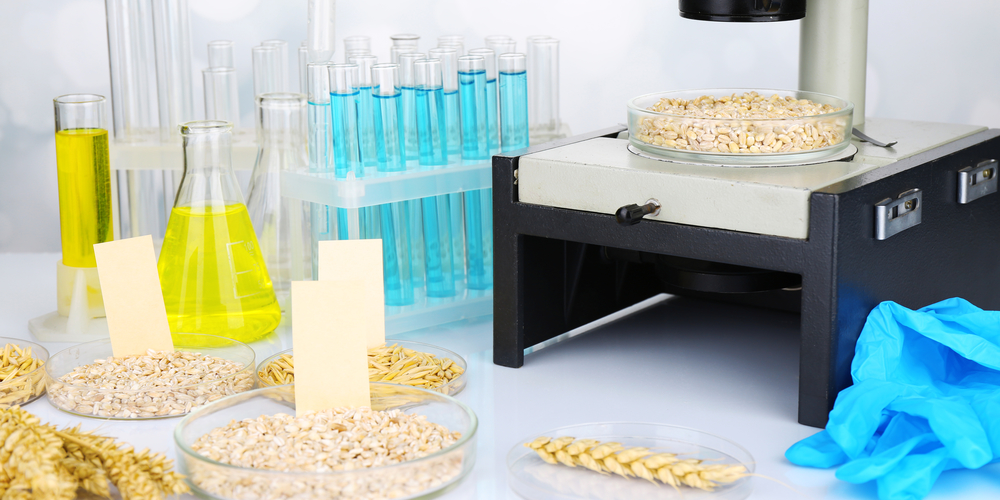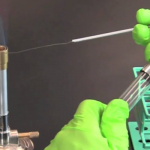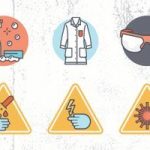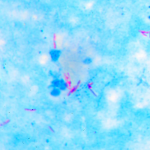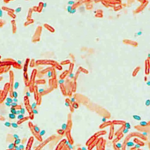Introduction
Microbiological examination of foods are carried out to identify and restrict harmful microrganisms which cause spoilage in foods, and ensure safety from foodborne diseases; although microbiological examinations do not determine absolute safety from pathogens because tests are done on samples, which are just a portion from the food products.
Several Methods can be used for microbiological examination of foods. These methods include:
- Cultural techniques
- Indicator method
- Alternative Methods
- Direct Examination
- Enumeration Methods
Objective
This experiment is carried out to determine the microbiological quality of raw, cooked, processed, and packed food sample.
Equipments and Materials
- Cooked beans
- Pipette
- Petri Dishes
- Incubator
- Distilled water
Procedure
- Weigh 1g of the cooked beans aseptically on sterile aluminium foil.
- Homogenize the cooked beans in 9mL of distilled water provided. This should give ten folds dilution of the original beans.
- Further dilute the beans serially by transferring 1ml from diluted beans in step 2 using a pipette into a fresh 9ml of sterile distilled water up to 10s.
- Transfer the 1ml of the appropriate diluted (10-3 and 10-5) into sterile Petri dishes using a pipette in replicate of six after which 15ml of sterilized molten agar is then poured on the beans samples in the petri dishes (Nutrient Agar – NA, EMB and Potato Dextrose Agar – PDA) in duplicate.
- Swirl the plate round gently on the bench in an anticlockwise manner and allow the agar to solidify, then transfer into incubator.
- Incubate the NA and EMB plates in an incubator at 37oC in an inverted position while the PDA plates is incubated at 25oC without inverting the plates.
Results and Calculations
After 24 hours of incubation, obtain the following results as tabulated below:
| Media Used | Dilution Factor | Colony Formed | Size | Colour | Marginal Edges | Surface Elevation | Pigmentation |
| NA | 10-3 | ||||||
| 10-5 | |||||||
| EMB | 10-3 | ||||||
| 10-5 | |||||||
| PDA | 10-3 | ||||||
| 10-5 |
- Calculate the Colony Forming Unit (CFU) for NA, EMB and PDA using
CFU = (Colony Factor) / (Dilution Factor) in cfu/g
- Tabulate the result as shown below:
| Media Used | Colony in CPU |
| NA | |
| EMB | |
| PDA | |
Discussion and Conclusion
There can be a number of different ways of detecting the same organism in a food matrix. The choice of method used can be governed by several factors and the relative merits of different methods. This can however lead to a situation where differences in the results reported by two practical groups. In addition to problems arising from intrinsic differences in the performance of different methods, the same method in different laboratories can be subject to variation introduced by factors such as differences in procedures, equipments and calibration. Some possible examples include autoclave temperature profile when sterilizing media, time and temperature of incubation, sources of medium components and competence and experience of laboratory personnel.
Standard methods for conducting certain analysis should be adopted for routine work and strictly adhered to wherever possible.
References
- Delishably. Three Common Microbiological Testing Methods for Food Products. https://delishably.com/food-industry/ Three-Common-Microbiological-Testing-Methods-for-Food-Products
- Biologydiscussions. Microbiological Examination of Foods: 7 Methods. <http://www.biologydiscussions.com/food-microbiology/microbiological-examination-of-foods-7-methods/59581>
Download “Microbiological Examination of Food Sample”
Microbiological-Examination-of-Food-Sample.docx – Downloaded 0 times – 16.77 KB
